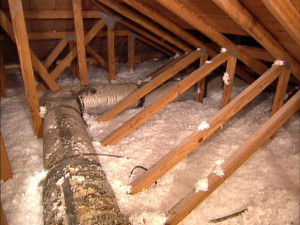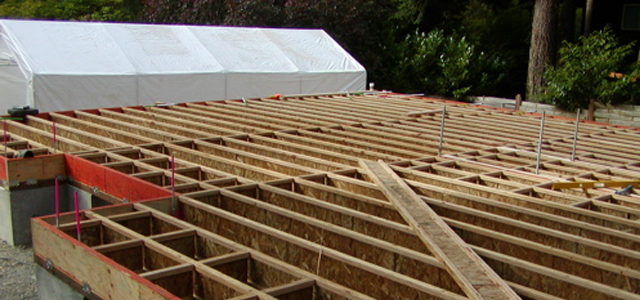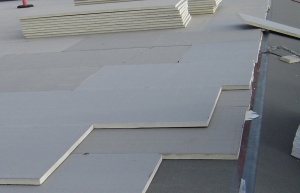Roof Blown Insulation Topping

To install blown in insulation in existing walls holes are drilled at the top of each stud space usually on the exterior and material is blown in via a long flexible hose.
Roof blown insulation topping. Click the button to calculate the depth in inches and pounds of total insulation required for this job. The hole is then. Together the workers will apply a layer of insulation to a thickness that achieves the desired r value. This calculator is to be used as an estimating tool only.
Why does this matter. Input length width and desired r value of the area to be insulated. Often installed into wall cavities as a way to retro fit walls lacking insulation it can also be blown into unfinished attic spaces. This is one of the two most common types of insulation.
Condensation control is most often accomplished by installing rigid foam above the roof deck or by installing air impermeable spray foam insulation directly against the underside of the roof deck. Spray foam roof insulation pros polyurethane spray foam is applied to the underside of the roof directly onto the slates tiles or roofing felt and bonds them to each other and to the load bearing rafter timbers. The quest for greater energy efficiency in buildings has led to increasing interest and need for insulation improvements in hvac equipment more airtight construction new materials and assemblies. Typically fiberglass or cellulose are the material choices.
R value for loose fill per inch is between r2 and r4 higher value with. Blow in insulation wool insulation paper insulation and most other types of bulk insulation will settle and compress over time. Once installed this can reduce your energy bills by up to 20 and additionally significantly reduce your co footprint. The effective r value is reduced.
Blown in cellulose is an environmentally friendly material made from recycled newspaper so it s easier on your skin and lungs. The more the insulation is compressed the less effective it becomes in reducing the transfer of heat i e. Senior engineer manager at icynene john broniek makes the case for the unvented attic assembly and why insulating the underside of the roof makes sense. Insulation is full of tiny air pockets.
Insulation types blown insulation is available as glass fiber or cellulose. Where a fiberglass blanket already exists in the attic the additional blow in insulation is usually spread right on top of the fiberglass.














































